Unearthing the Charm of Doi Pui Hmong Tribal Village

Discover the Wonders of Doi Pui Hmong Village in Chiang Mai
Nestled in the heart of Doi Suthep-Pui National Park, the Doi Pui Hmong Village offers an enchanting glimpse into the rich cultural tapestry of the Hmong Hilltribe. Just 4 kilometers from the renowned Wat Phra That Doi Suthep, this village stands as a testament to the enduring traditions and lifestyle of the Hmong people. A visit here promises a unique blend of cultural immersion and breathtaking natural beauty, making it one of the must-visit attractions in Chiang Mai.
Stepping into the village, you’ll be greeted by villagers adorned in vibrant traditional Hmong attire, offering handmade crafts that showcase their artistic heritage. From intricately woven textiles to dazzling silver jewelry, the craftsmanship is a sight to behold. These authentic souvenirs make perfect mementos of your Chiang Mai sightseeing adventure.

The Heart of Doi Pui: A Cultural and Natural Haven
A short stroll through the village leads you to the Doi Pui Hilltribe Museum. This modest yet informative museum displays a variety of hill tribe artifacts, including traditional clothing, agricultural tools, and even opium production equipment, offering visitors a window into the past and present lives of the Hmong people. Adjacent to the museum, the village’s garden bursts into a riot of colors with seasonal blooms and vegetable patches. In winter, the garden transforms into a fairyland with the pink blossoms of the Wild Himalayan Cherry, often referred to as the Sakura of Thailand.
As you meander through the village, you’ll find numerous handicraft shops selling an array of hill tribe products such as hats, bags, belts, and accessories. The market area, teeming with local vendors, is a vibrant showcase of Hmong craftsmanship, with stalls brimming with silver ornaments, gemstones, and textiles. You can also savor locally grown fruits, winter flowers, and the famous oolong tea.

A Taste of Tradition: Hmong Cuisine and Hospitality
After exploring the village, relax at one of the local eateries. Enjoy a cup of freshly brewed Arabica coffee, grown right in the hills of Doi Pui, while taking in the stunning mountain views. The village’s small restaurant offers traditional Hmong dishes, providing a delicious and authentic culinary experience.
Voices of the Village: Preserving a Way of Life
During a recent visit, the Chiang Mai Mail spoke with village elders who shared insights into the village’s growth and resilience. “From the past to the present, Doi Pui Hmong Village has been steadily growing, especially in residential areas,” one elder noted. The village now comprises around 200 households with a population of about 1,300 people. While tourism is a major source of income, the villagers also cultivate lychee orchards, contributing to their livelihood.
Despite modern influences, the Hmong people of Doi Pui remain deeply connected to their traditions. During important festivals, villagers don traditional clothing, and children learn to balance both city and Hmong cultures. The community is dedicated to preserving their heritage and has implemented rules to prevent exploitation by tourists. Many villagers who pursue education in the city return to contribute to the village, reinforcing their commitment to cultural preservation.
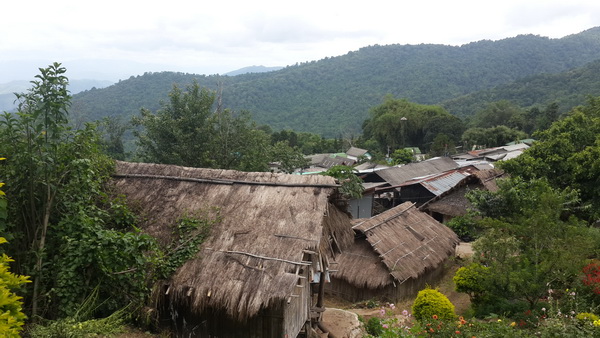
An Invitation to Explore
A trip to Doi Pui Hmong Village is often combined with visits to other significant landmarks in the area. Bhubing Palace, with its royal gardens, and the serene Wat Pha Lad, hidden in the forest, are nearby attractions that enhance the cultural and scenic richness of your journey.
Embark on this unforgettable adventure and immerse yourself in the vibrant culture and natural beauty of Chiang Mai. The Doi Pui Hmong Village awaits, offering a unique window into the life and traditions of the Hmong people.
How to get there
From Wat Phrathat Doi Suthep, it cost around 40 THB to go up to Doi Pui Hmong Tribal Village via the red truck. If you need more comfortable on your trip, we can provide a private tour with the tour guide in case you need more information or If you are traveling on a budget, we can provide a budget tour to you as well.
Entrance fee & opening hours : Open from 8.00am to 05.00pm. The admission is free.
Note : Not accessible for wheelchair user
Our services :
Doi Pui Hmong Tribal Village Map


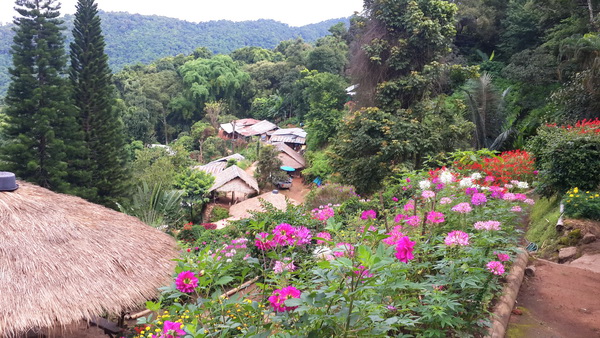
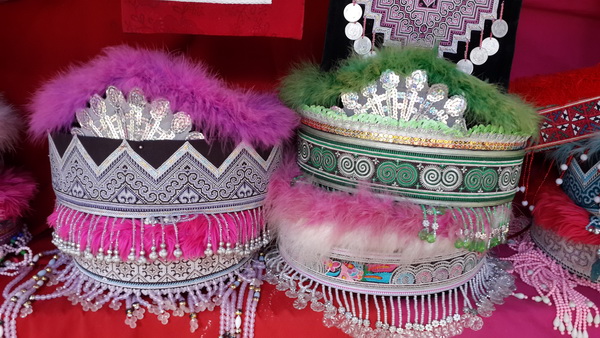
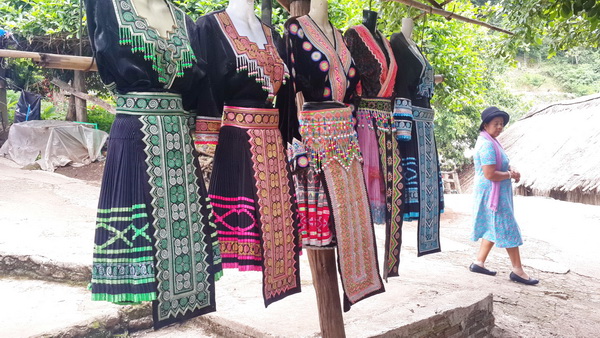
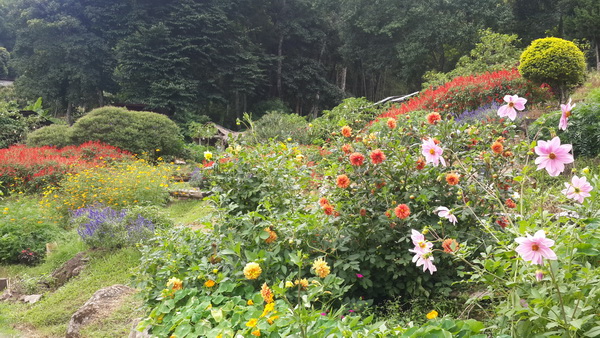



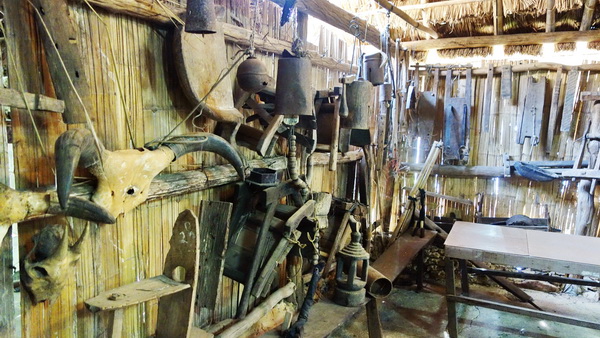
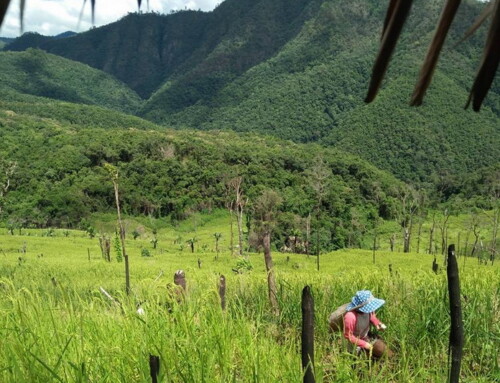
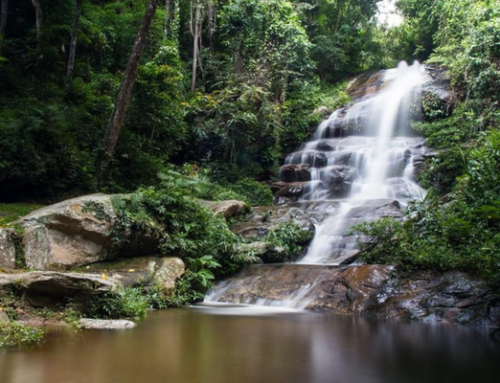
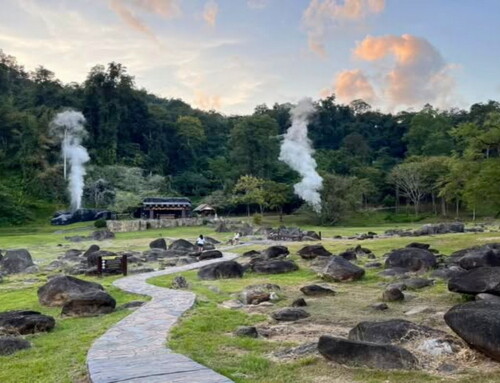
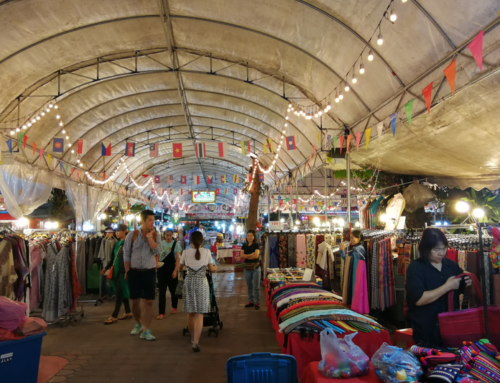
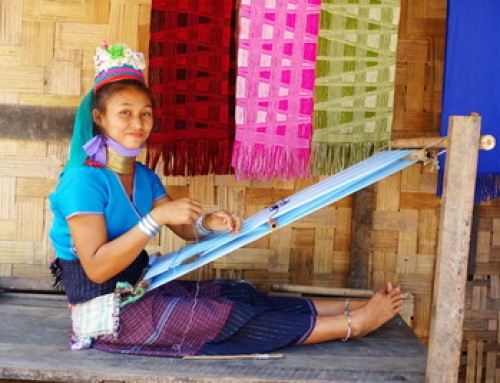

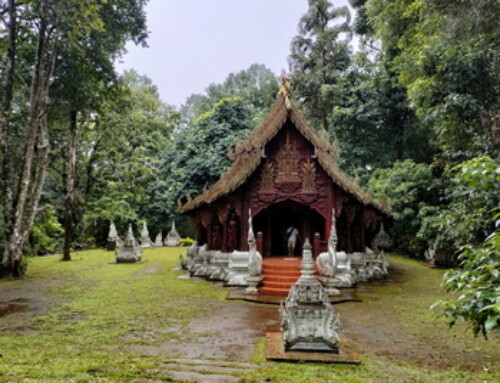



Leave A Comment